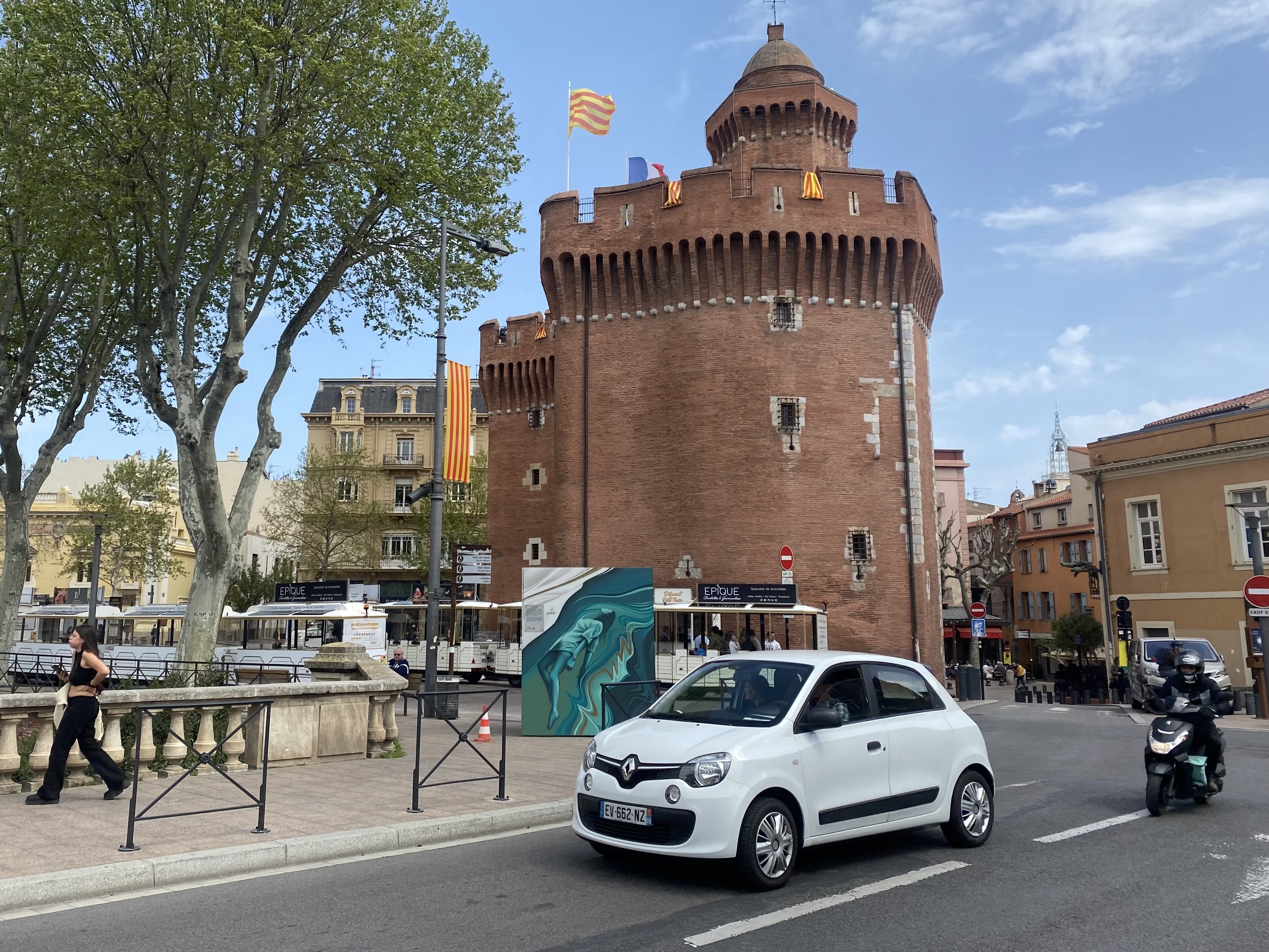The most paradigmatic case is that of the city of Perpinyà. Since 2020, the city just north of the Pyrenees has become the largest French municipality governed by a far-right mayor, in the person of Louis Aliot. In the first round of the presidential elections, Marine Le Pen's National Rally finished as the largest party. In the second round, to the surprise of many, election night yielded a 52% victory to Emmanuel Macron. But that was just a mirage, an exception that confirms the rule: the fact is, the far right keeps on making inroads in Northern Catalonia. If, in 2017, Le Pen got 47% of the votes in the Pyrénées-Orientales department, this Sunday she overcame the barrier of victory, with 56.3%.
Perpinyà in particular - and by extension the whole department of the Pyrénées-Orientales - brings together the ideal ingredients for the far right to gain ground. Before the pandemic, 32% of its population lived below the poverty line. It is also one of the territories hardest hit by unemployment: in official figures at the end of 2021, 13% of the population were jobless, one of the highest proportions in the country, when in much of France it is between 4 and 6%. And Marine Le Pen has turned the Northern Catalonia capital into her personal testbed: today it is the only French city with population over 100,000 in the hands of the far right.
In fact, despite Macron's victory, the far right has also made a further advance in Perpinyà itself. If in 2017 Marine Le Pen won 40%, this Sunday she reached 48%. And the same happened in many municipalities in Northern Catalonia, with spectacular results. In Pià, the far right went from 59% to 67%; in a place as symbolic as Elne it rose from 50.8% to 61.3%, and in Prada de Conflent, where current French PM Jean Castex was mayor until 2020, it has risen from 39% to 51%. These are just a few examples.
Beyond Northern Catalonia, the far right has progressed throughout France. In the 2017 presidential election, Marine Le Pen won only two départements, Pas-de-Calais and Aisne, both in northern France. In this election, she triumphed in 23 of the 101 French territorial units, such as Aisne (59.9%), South Corsica (58.3%), North Corsica (57.9%), Pas-de-Calais (57.5%) and Alt Marne (47%), among others, concentrated mainly in the north. Also in the Somme (51%), the birthplace of president Emmanuel Macron.
To all this must be added the overseas departments, with very particular characteristics (among other factors, a much lower Covid vaccination rate). In the first round, the majority opted for the radical left of Jean-Luc Mélenchon and this time for the extreme right of Marine Le Pen. In Guadeloupe the National Rally candidate achieved 69.6%
Three match balls
The reality is that Emmanuel Macron managed to save the third match ball that the far right has had in the 21st century. But it is no less true that this French far right has only grown in support. This was seen in the first round, when one in three French voters opted for the far right, when the votes of the two first-round extremist candidates, Le Pen and Eric Zemmour, are combined. And in the second round, the National Rally broke through its own ceiling. Jean-Marie Le Pen won 18% of the vote in 2002, Marine Le Pen won 34% in 2017 and now she has risen to 42%.

